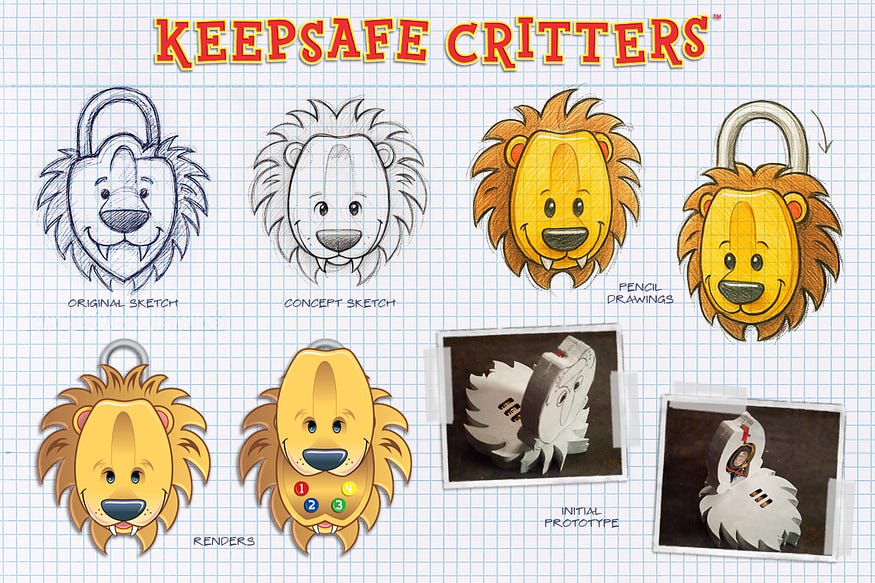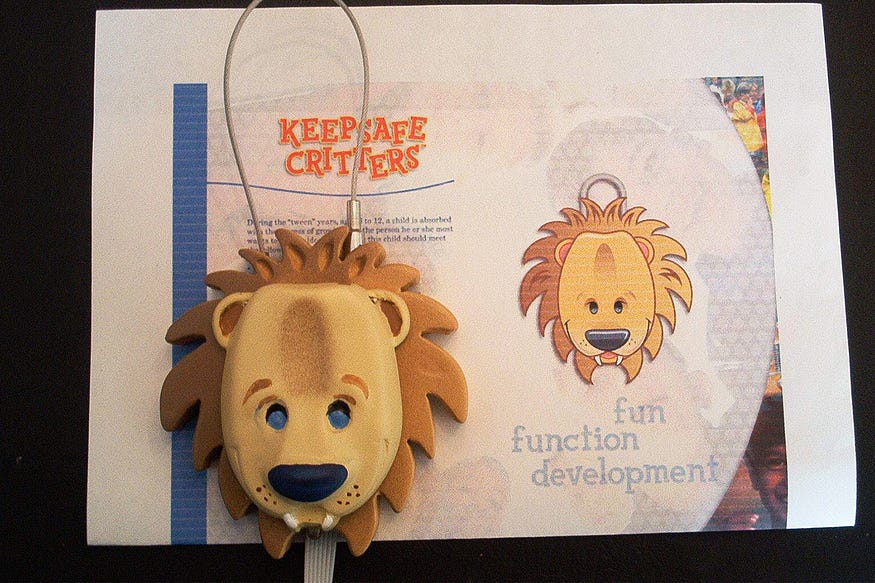
The Lock That Roared
My first product didn’t ship — but it taught me how to build things that can.
I’ve spent over two decades designing things — for theme parks and video games, in software, mixed reality, and AI-powered tools.
I’ve built location-based attractions that bring static IP to life, games that merge story and competition, software that simplifies complex workflows, and training systems that teach without teachers.
Across them all, I’ve led cross-functional teams and shaped experiences with an eye toward user interaction and emotional impact.
But one of the most important product lessons I ever learned?
It came from a cartoon lion.
In a garage.
With a lock.
I didn’t start with a market.
I didn’t start with a business plan.
I started with a lion that roared when you got the combination wrong.
Keepsafe Critters was my first end-to-end product concept — part toy, part tech, all heart. It was a lock made for kids, one that responded with sound, light, and vibration to help them learn how to use it — and make them smile when they did.
From Sketches to Sound
I didn’t know what category the product belonged in. Toy? Tool? Accessory?
I just knew kids didn’t need another frustration point. They needed feedback, fun, and the feeling of success.
So I started drawing. Then building. Then branding.

What I Learned the Loud Way
This project taught me more than any job title ever could:
- Great ideas need a clear market
- Product identity matters as much as product function
- Sound, light, and feedback systems aren’t gimmicks — they’re emotional design tools
- Don’t fall in love with the product before falling in love with the problem
And maybe most importantly:
Every failed product leaves behind something useful — if you’re willing to listen.

Still Roaring
Keepsafe Critters never made it to shelves — but it echoes in everything I build today.
From how I map user journeys to how I validate market fit and assess technical readiness, that little lion still shapes my process.
The lock that roared wasn’t just for kids.
It was my first real product.
And the first time I realized: creativity means nothing if it doesn’t connect to someone else’s problem.
Next up: I Built a Product Before I Found the Market
How a simple mistake changed the way I approach product strategy forever.

